
How much do you know about the species behind Concordia University Ann Arbor’s mascot?
Concordia University Ann Arbor’s mascot, the Cardinal, has been with the school since its beginning. Over the past six decades, the symbol has united the 9,000-plus individuals who have called CUAA their home at one point or another. But how much do you know about the animal behind CUAA’s namesake? It turns out, there are several comparisons to be drawn.
1. Cardinals are built for warm climates, but they don’t mind the cold.
Originally, cardinals were most frequently found in the southeastern parts of the United States. However, since the 1800s, researchers have observed that they’ve slowly expanded their range further north into colder climates. And unlike some species of birds, Cardinals don’t migrate. So once they’ve set up camp in a spot—cold or not—they tend to make it their forever home, as long as there is an adequate food supply.
Concordia Cardinals, likewise, aren’t afraid of a little cold. The state of Michigan makes the Top 10 list of the U.S.’s coldest states. So any student who enrolls at CUAA should know the choice comes with some inclement weather.
There’s also an unconfirmed narrative that Concordia’s campus was designed for the warmth. The story goes that when architect Vincent Kling drew up the plans for what is now CUAA’s Central Campus, he had Florida in mind. The story comes up so frequently that I have long just accepted it to be true. However, in due diligence, I sought to confirm it for this story. I reached out to an individual who was Kling’s apprentice at the time; I also solicited the institutional knowledge of faculty emeriti Dr. Mark Looker and Barbara Adler, who both dug through archived records of Concordia. All of these efforts came back inconclusive. So if anyone reading this has insights, please email news@cuw.edu!

2. Cardinals run in groups called colleges.
The word “college” comes from the Latin collegium. When broken down, the word’s parts literally translate as “to gather” and “together.” It should come as no surprise, then, that a group of cardinals is sometimes referred to as a college.
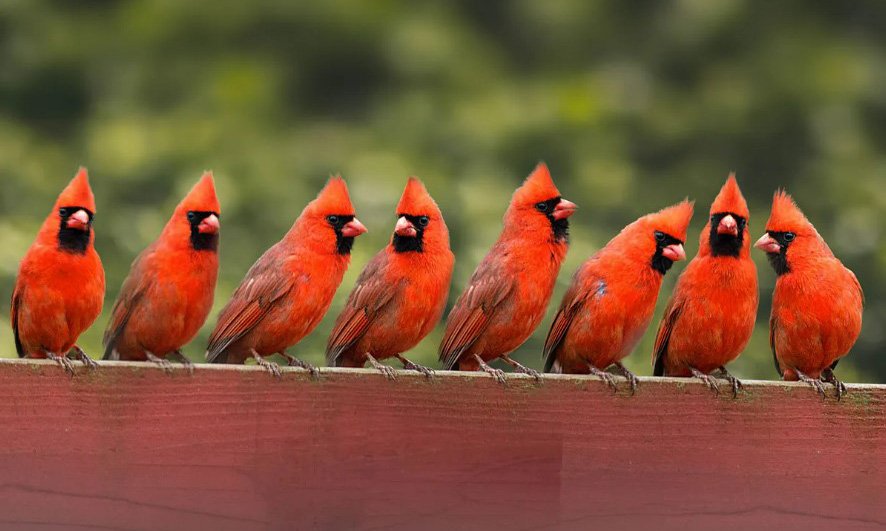
3. They are excellent singers—both males and females.
As members of the songbird community, cardinals are fairly unique. As context, with about a third of all songbird species, the birds have only one song in their repertoire. Additionally, among some species, only the male birds can sing. Not so with the cardinal. Both the male and female cardinals can chirp out at least 16 different calls.
Many Concordia Cardinals have been known to sing too. For years, beloved music professor Doc Foelber rallied hundreds upon hundreds of students to join his choirs. Now, the baton has been passed to the incredibly capable hands of Juilliard graduate Dr. John Boonenberg, CUAA’s first and only endowed faculty member. And not to brag, but CUAA Cardinals have well over 16 songs in their repertoire.
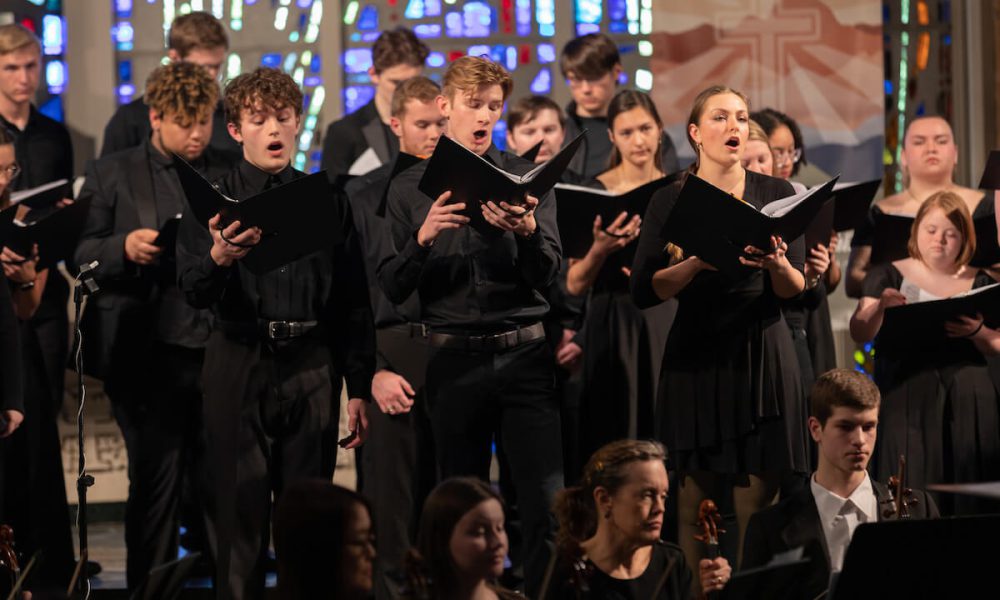
4. They are known for their eye-catching red.
Cardinals aren’t always red, as it turns out. The cardinal gets its fiery plumage from its diet (the birds frequently snack on berries and such). Regardless, it’s safe to say that people most commonly associate cardinals with red, and the same goes for CUAA Cardinals. Faculty, staff, students, and alumni never hesitate to add a pop (or explosion) of red to their ensembles. And who can blame them? They look pretty good in the hue!
In fact, CUAA’s stakeholders seem to be so devoted to the color that when CUAA merged with CUW, considerations were made over unifying the two campuses’ school colors; however, market research overwhelmingly showed that the Michigan campus and its constituents were fiercely loyal to their origin color. And so red has stayed, with only minor adjustments to the brand palette.
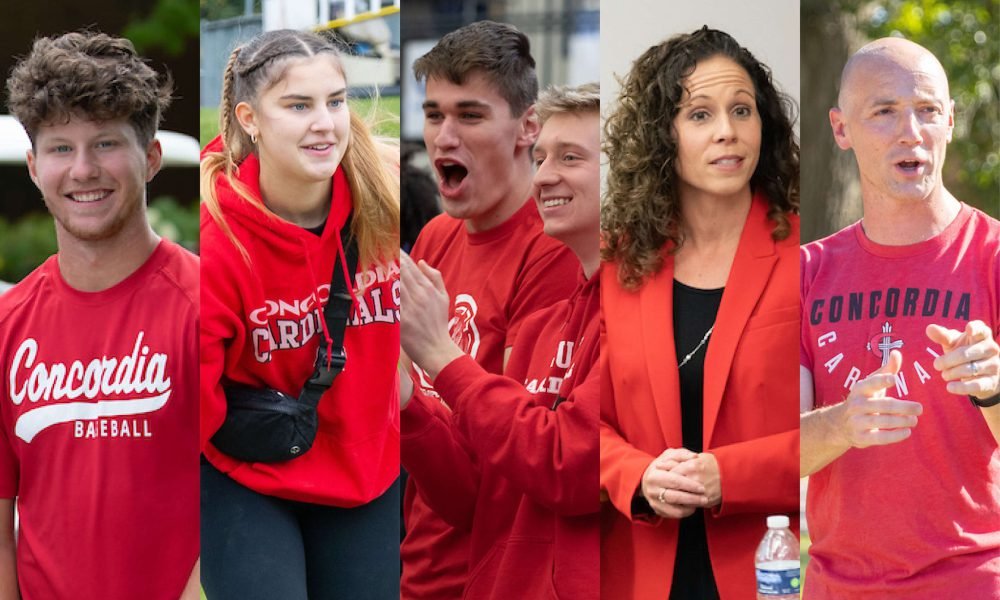
5. Cardinals are fierce defenders of their home turf.
Male cardinals, in particular, are known to be dogged defenders of their territory, especially during breeding season. The birds will aggressively chase away perceived competitors, even those that show little indication of a threat. This behavior certainly has implications for Concordia’s athletes, who battle fiercely for their wins. But it also holds true for the many champions of the 2013 merger. These individuals, in many ways, eschewed worldly logic to ensure that a Lutheran higher education presence would remain in Michigan. Today, CUAA’s enrollment continues its precipitous rise, with fall 2023 enrollment numbers showing record growth yet again.
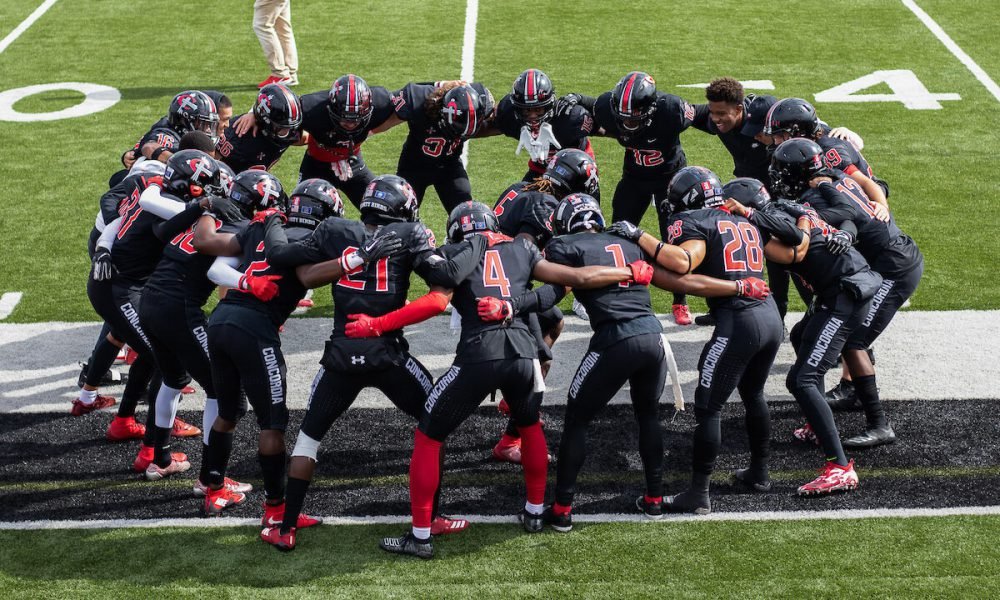
6. Cardinals can get a little frustrated.
An April 6, 1963 Ann Arbor newspaper clipping educated readers on a technical avian term: frustration. Male birds demonstrate “frustrated” behaviors when they perceive competition is closing in on their territory, resources, or mate. Even when that competition is—their own reflection!
This bird behavior was apparently on full display on CUAA’s campus, as Concordia even made the article for it.
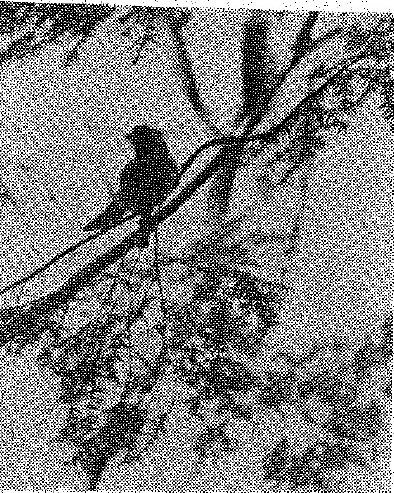
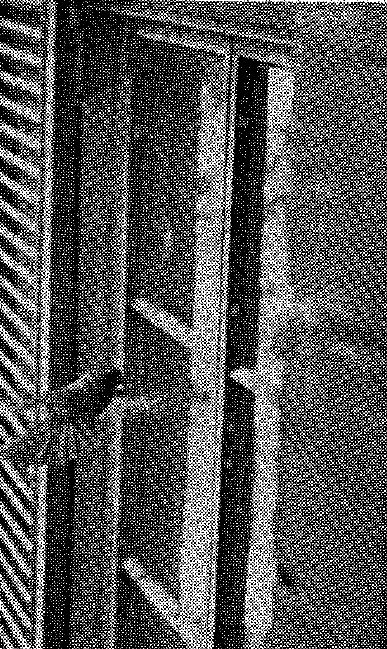
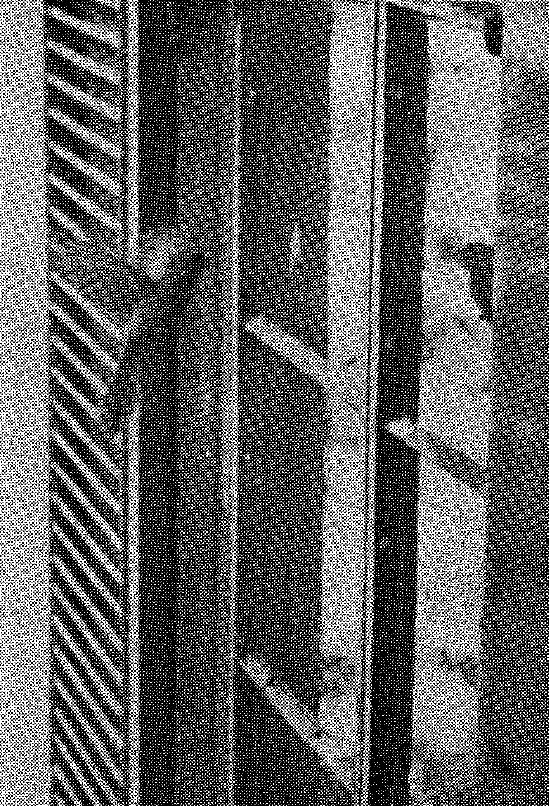
The photo caption for the trio of images read:
Concordia’s cautious cardinal The folks at Concordia College undoubtedly had no intention of frustrating the slightly frenzied cardinal depicted here. But the bird is intent on staking a claim on the Lutheran school’s campus. And he’ll try to hold that claim against all comers – including mirrored images of himself. He was perched happily on a tree limb until he noticed his own reflection (“Ah, an intruder”) in a nearby window. The attack followed immediately.
(I’ll spare you the examples of specific Concordians’ frustrations…I mean, who among us doesn’t get riled up at times?!)
7. Cardinals are thriving.
The species is especially prolific in its native territory of southeastern U.S. There is an estimated 110 million cardinals in existence, and the population doesn’t appear to be slowing down.
Not unlike Concordia. In the early 2000s, CUAA was on the brink of closure. When CUW and CUAA joined forces in 2013, 749 students attended. Today, the population has grown an incredible 80 percent to 1,351 students. The rise has earned CUAA the title of the fastest-growing private college in the state of Michigan.

Bonus
Enjoy some of these past iterations of Concordia’s mascot!

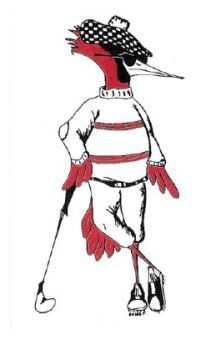

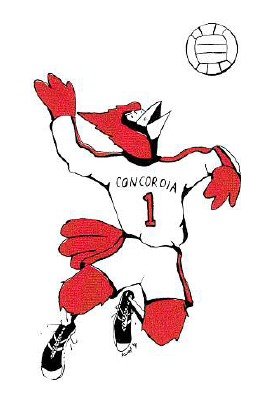
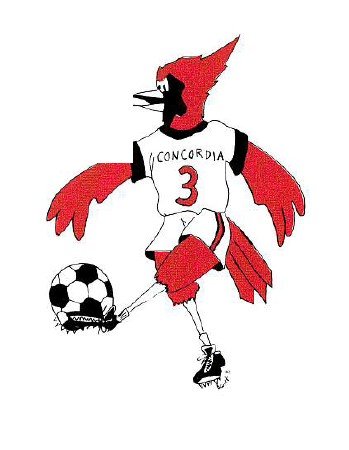

Want in?
Christ-minded. Ethical. Hard working. Respectful. Curious. Leader. While all our students are different, certain qualities unite our community and make us Concordians. We look forward to welcoming you to the ranks of our alumni.